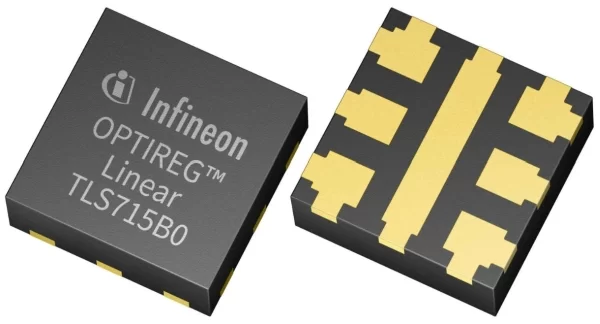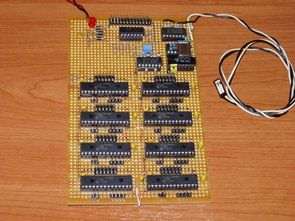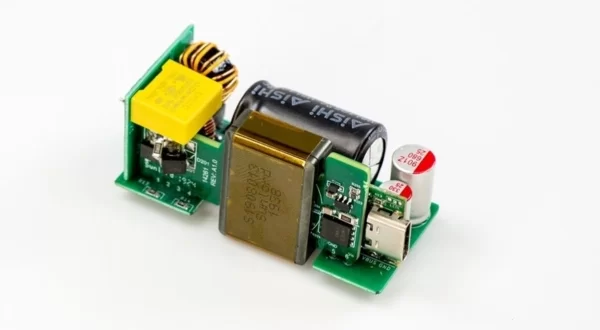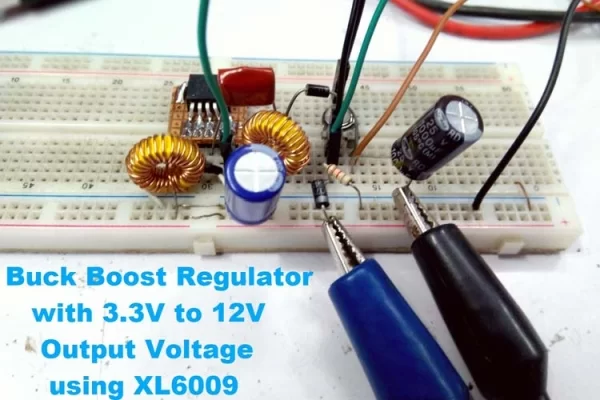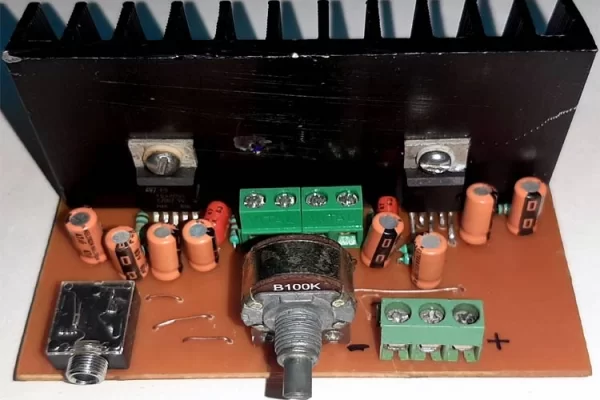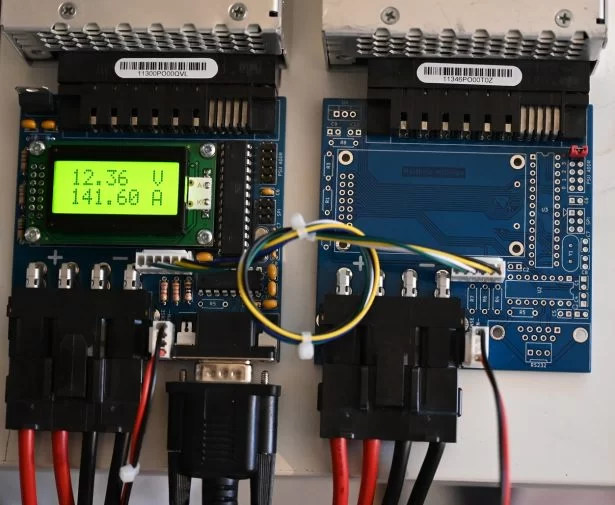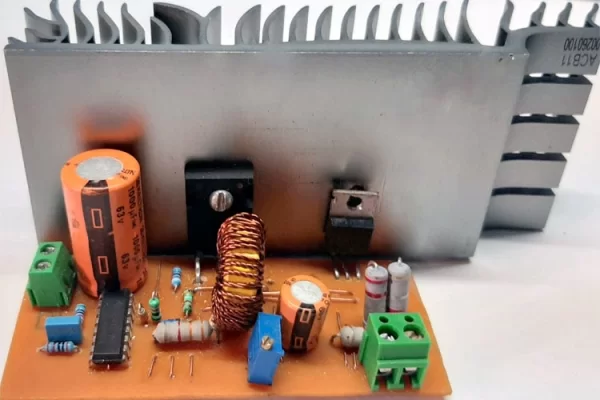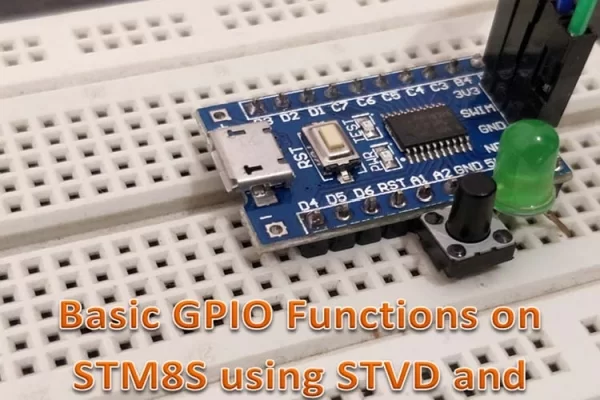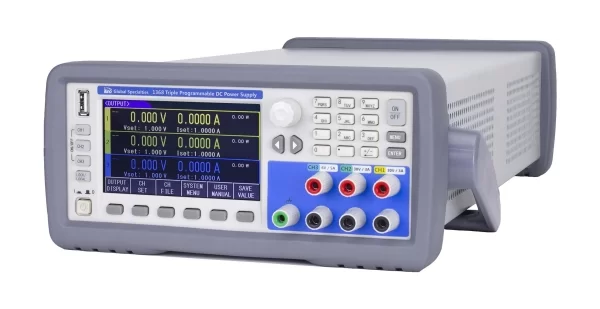INFINEON’S TLS715B0NA LDO REGULATOR USES “FLIP-CHIP” TECHNOLOGY TO DIFFUSE HEAT
TLS715B0NA V50 – OPTIREG™ Linear Voltage Regulator is a low dropout linear voltage regulator for load current up to 150 mA. An input voltage of up to 40 V is regulated to VQ,nom = 5 V with ±2 % precision. The TLS715B0, with a typical quiescent current of 36 μA, is the ideal solution for systems […]
INFINEON’S TLS715B0NA LDO REGULATOR USES “FLIP-CHIP” TECHNOLOGY TO DIFFUSE HEAT Read More »


